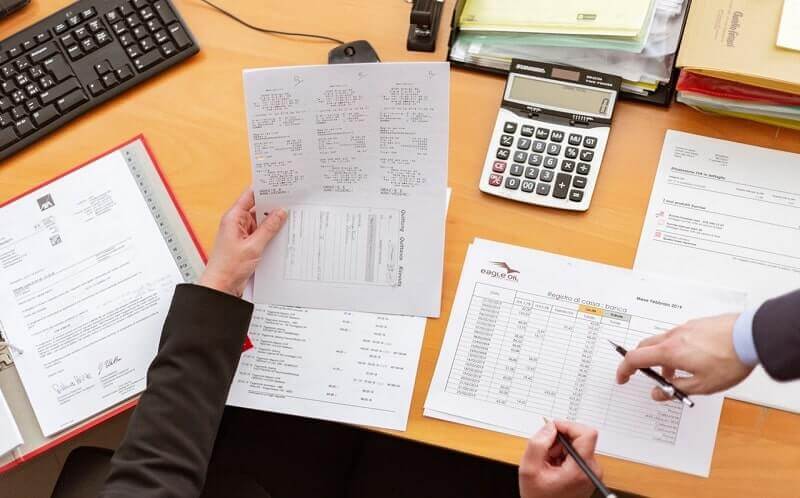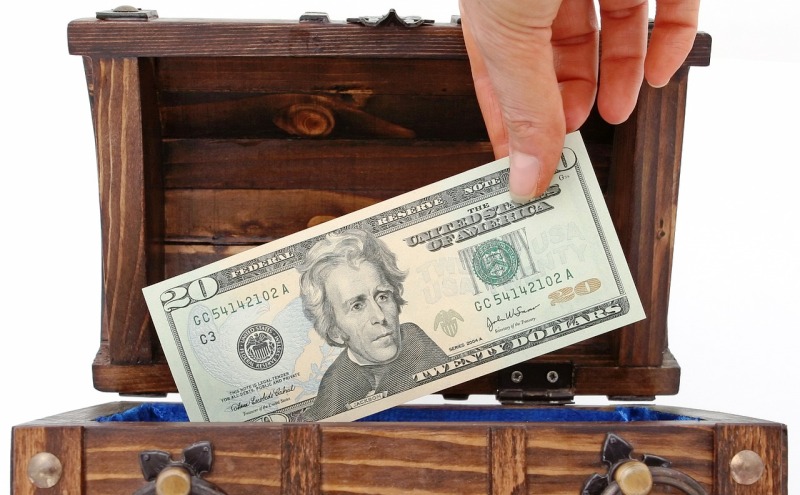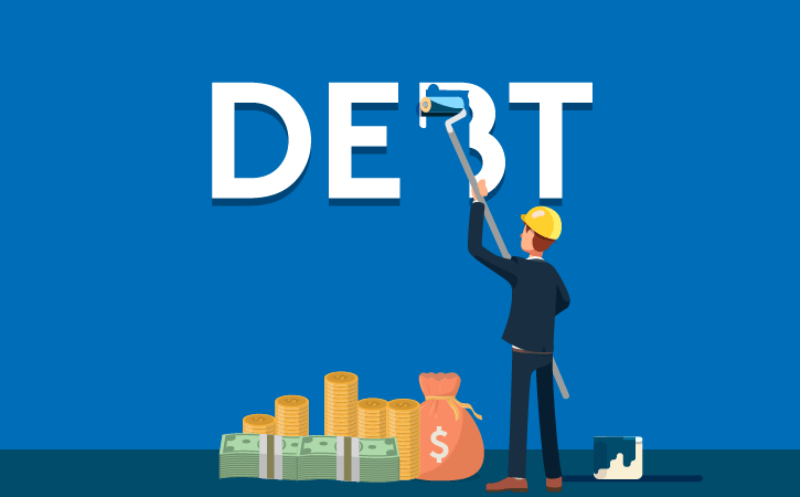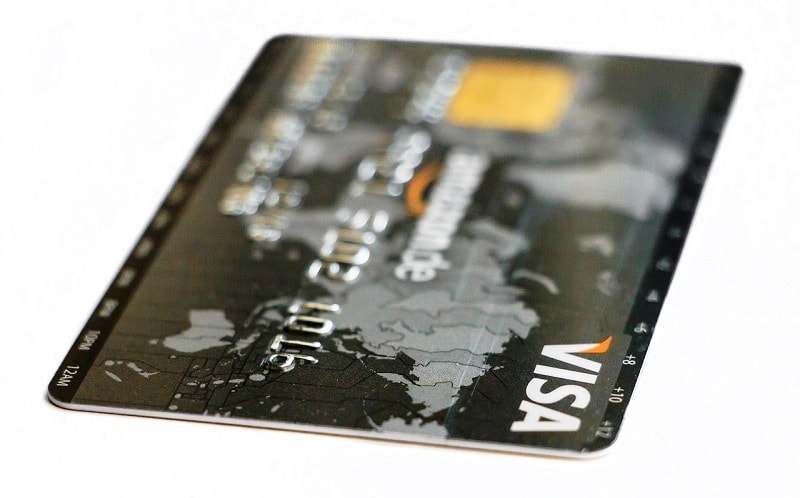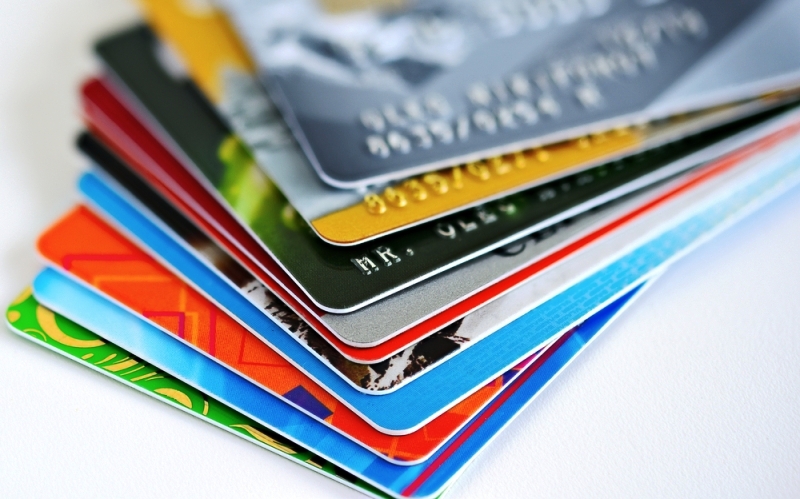A secured credit card is a card containing a security deposit. In order to receive this card, you must deposit a certain amount of money with the supplier. The deposit amount is one to two times the credit limit. For example, if you want a credit card guarantee of a $ 500 limit, you will need to give the credit card provider a deposit in the amount of $ 500 to $ 1,000. The deposit protects the lender in the event if you can’t repay your balance.
In most cases, a credit card provider assigns you a credit limit that he believes you would be able to repay each month without requiring you to deposit a money guarantee. On the other hand, in some cases, a lender may be worried that you will not be able to afford it either because you have a bad credit rating or no credit history altogether. If you find yourself in such a situation, it is possible that a lender will offer you a secured credit card.
Newcomers to the USA are an example of a candidate for secured credit cards. Whether they are new immigrants, temporary residents or refugees, people in this category often have no credit history in the
Another category of individual who would need a secured credit card includes young Americans. Students or college goers often have no credit history that lenders can rely on. Finally, consumers who have an unfavorable credit score are often recommended for a secured credit card. Credit card lenders are naturally skeptical of people who have been delinquent with their credit in the past, so they often ask for a security deposit as a precaution.
The benefits of a secured credit card
The biggest benefit of secured credit cards is simply being able to use it whenever needed. In addition, they allow you to build your credit rating or improve the one you already have. This card can be considered as a good first card or a corrective card. It can be either a test to see if you can borrow responsibly or a second chance to become a better borrower. Even if you lose the use of the money you deposit as collateral, the advantage is that the banks give you a sum of interest on your deposit, so you gain a slight return during the use of this card.
The disadvantages of a secured credit card
Of course, there are also disadvantages that come with secured credit cards. First, interest rates tend to be higher than unsecured cards. Secondly, you must be able to pay the deposit amount in order to acquire this card. This means that you must have this amount of money. Finally, some secured credit cards charge a membership fee equal to a percentage of your credit limit. For example, if you are eligible for a limit of $ 1,000 and the membership fee is 3.00%, you must pay the bank an amount between $ 1,000 and $ 2,000 in deposit + a surplus of $ 30 ($ 1,000 x 3.00%) for membership fees to get a card with this lender.
How long one has to use the secured credit card?
If you use a secured credit card responsibly and pay your balance on time every month, your lender may decide to return your security deposit and offer you an unsecured credit card. This can take from 12 to 18 months, depending on your credit history, and the confidence your lender has towards you as a borrower.
Secured Credit cards and prepaid credit cards
People often confuse secured credit cards with prepaid credit cards. They are similar but operate in a different way. When it comes to a prepaid credit card, you prepay your provider the amount of money you want to spend with your credit card. When you make a purchase, your supplier deducts the same amount you deposited on your card.
Indeed, a prepaid credit card looks more like a debit card than a credit card. As you spend, you have to put money back into your card. The main difference is that a prepaid credit card will not help you build your credit rating.
Certain credit cards allow you to use the equity of your home to secure your credit card. For example, a certain kind of credit card providers allows people to borrow up to $100,000 against the equity of their property. This may be tempting, but this kind of card should be used with great care. The value of the real estate market can fall and thus lower the value of your home.
Using this card is not the best way to borrow the equity of your property. A traditional HELOC offers much lower interest rates than a secured credit card with the equity of your home. This would be a logical option only when you do not qualify for a HELOC, either because you have less than 20% equity in your home or when you have no income. If you have little equity in your home or no income, a secured credit card with the equity of your home is a very risky decision.
Conclusion:
If you look at the secured credit card, chances are it’s because you’re not qualifying for a standard credit card, or because you have an adverse credit history or no credit at all. This may not be an ideal option, but a secured credit card can offer you the option of repairing your credit rating or building a new one. If you use it responsibly, you should be able to graduate to a more standard card.










